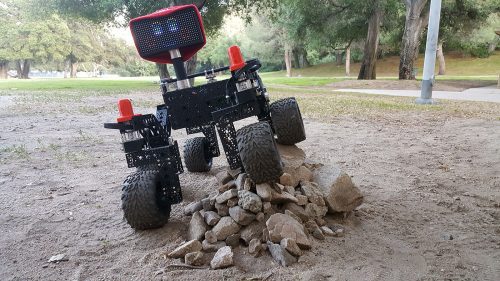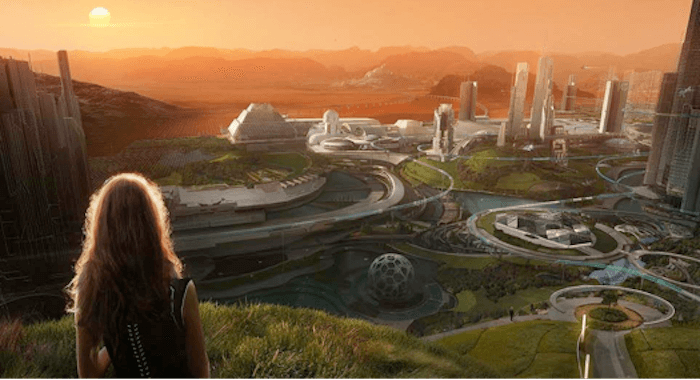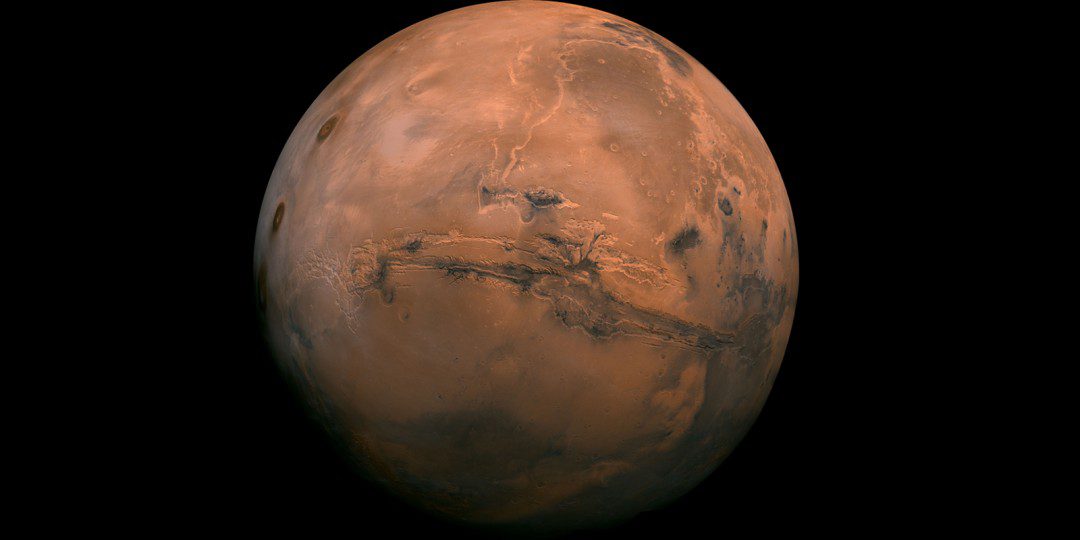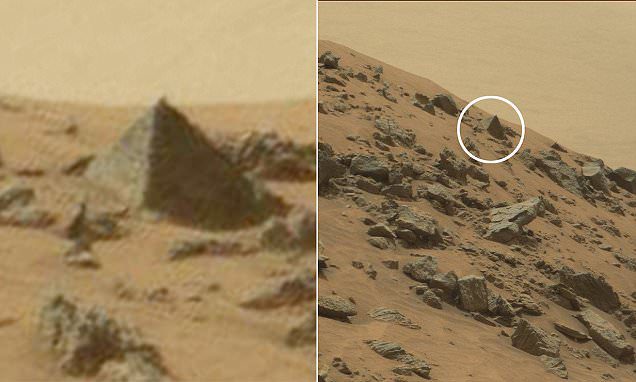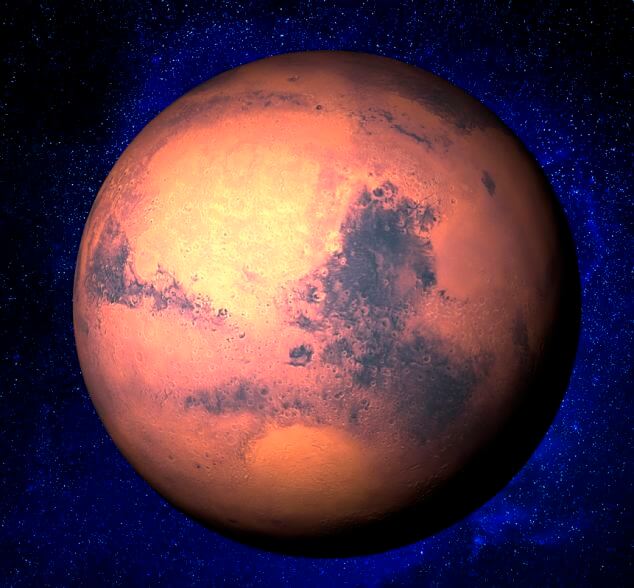Schlagwort: mars
-

Build your own NASA Curiosity rover
Reading Time: 3 minutesPut together your own remote-controlled Curiosity rover with the help of the NASA Jet Propulsion Laboratory and a Raspberry Pi. Why wouldn’t you want one of these?! NASA Jet Propulsion Laboratory To educate the curious about the use of rovers in space, the Pasadena-based NASA Jet Propulsion Laboratory (JPL) built a mini-rover, ROV-E, to…
-

How Can We Support A Million Lives On Mars?
Reading Time: 3 minutesHP Mars Home Planet challenges engineers, architects, designers, artists, and students to design an urban area for a million people on the red planet. Is there life on Mars? Imagine a future when one million people call the red planet home. Together with NVIDIA, HTC VIVE and other partners, HP has launched…
-

Going Interstellar – Laser Propulsion Could Take Humans to Mars in Just 3-Days
Reading Time: < 1 minute[mbYTPlayer url=“https://www.youtube.com/watch?v=WCDuAiA6kX0″ opacity=“.5″ quality=“medium“ ratio=“auto“ isinline=“false“ showcontrols=“false“ realfullscreen=“true“ printurl=“true“ autoplay=“true“ mute=“true“ loop=“true“ addraster=“true“ stopmovieonblur=“false“ gaTrack=“false“] Philip Lubin, a researcher at the University of California at Santa Barbara’s Experimental Cosmology Group, has proposed an innovative propulsion method that could eventually transport humans to Mars in 3-days or less. It involves an unmanned…
-

NASA’s Curiosity Rover Discovers Replica of Egypt’s Great Pyramid on Mars
Reading Time: < 1 minuteNASA’s Curiosity rover has discovered areplica of one of Egypt’s Great Pyramids on Mars. What you can see above ground is ‚car-sized‘, but researchers say that it may be just the tip of a much larger structure buried beneath. One of them says: „It appears that the Nasa operators of Curiosity…
-

These Aren’t Blueberries, Just Breathtaking Pictures Captured by the Mars Rover Opportunity
Reading Time: < 1 minuteNo, you aren’t looking at pictures of blueberries scattered over rocks, but real images of the Martian landscape photographed by the Mars Rover Opportunity. The discovery of these Martian clusters a decade ago provided some of the first evidence of liquid water on the red planet.
-

Mind-Blowing Video Shows How Mars Looked 4-Billion Years Ago
Reading Time: < 1 minuteMars may currently be a desolate planet, but it definitely sustained life at one point of its existence. In addition to Curiosity discovering water on the Red Planet’s surface, scientists have also found large amounts of phosphates on meteorites originating from there. These two elements – water and phosphates – are…
-

12 Mind-Blowing Pictures of the Red Planet Captured by the Mars Reconnaissance Orbiter
Reading Time: < 1 minuteThe Mars Reconnaissance Orbiter (MRO) is a multipurpose spacecraft designed to conduct reconnaissance and Exploration of Mars from orbit. The US$720 million spacecraft was built by Lockheed Martin under the supervision of the Jet Propulsion Laboratory. MRO’s telecommunications system will transfer more data back to Earth than all previous interplanetary missions…
